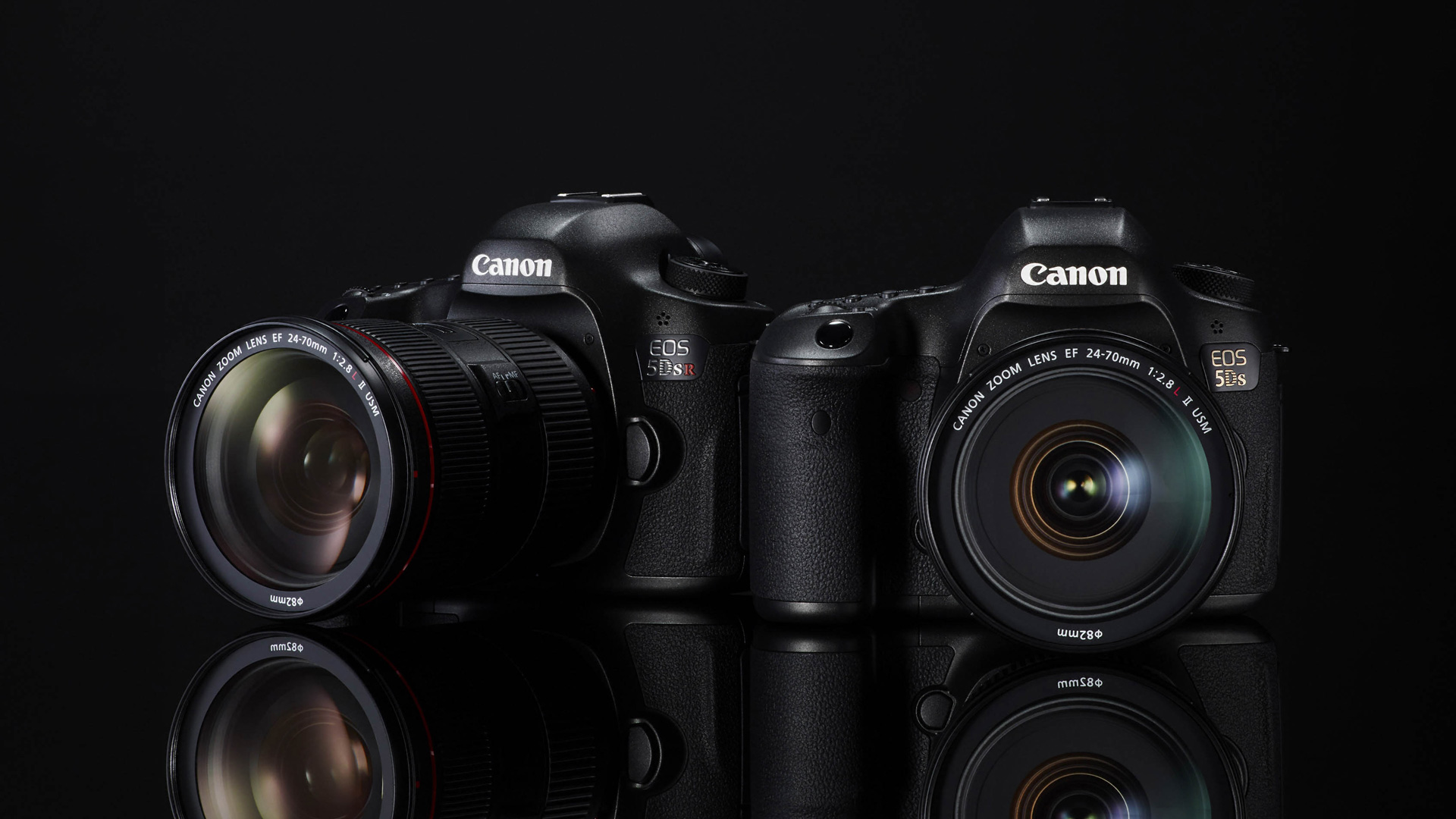Why you can trust TechRadar
With 50 million effective pixels on its sensor the 5DS is set to compete with medium format cameras like the Pentax 645Z and Hasselblad H5D which have the same pixel count on a much bigger sensor. This should give the medium format cameras an advantage because the photoreceptors (aka pixels) are larger and noise should be better controlled.
Too sharp to test!
Both the 5DS and 5DS R out-resolve our resolution chart for much of their sensitivity range. The 5DS R resolves a teeny-tiny bit more than the 5DS in some situations, but the difference doesn't leap out at you. I sent several hours comparing images from the two cameras and I was only able to see slightly more detail in a few areas with very fine detail in the 5DS R's when examining them at 100 or 200%. If you plan on shooting subjects with lots of super-fine detail and making very large prints the 5DS R may be a better choice, but for the vast majority of people the 5DS delivers more than enough resolution and few will ever spot a difference in their images. Noise levels are the same from each camera.
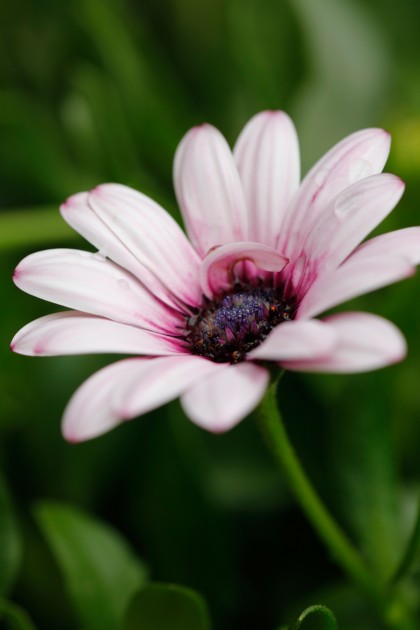
Sample image: Shooting at f/5.6 at 100mm has restricted depth of field sufficiently to blur the background while getting the most important part of the flower sharp. Click here for a full size version.
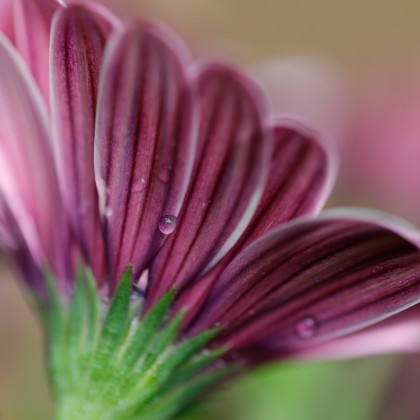
Sample image: Even with a shutter speed of 1/60sec and with the camera on a solid tripod, using mirror lock-up produced a sharper result than not using it here. Click here for a full size version.
Both cameras manage to maintain the high level of detail throughout their sensitivity range – even the ISO 12,800 expansion setting produces images with a high level of detail.
At lower sensitivity settings very fine details and subtle tonal gradations are visible at 100% in JPEG files. Much of this is also visible in images taken at ISO 6,400, but there's a fine texture of luminance noise. Chroma noise is visible at 100% in simultaneously captured raw files when all noise reduction is turned off, but it's not objectionable and I would have few qualms about using this setting if the lighting demanded it.
There's a suggestion of luminance noise in darker even-toned areas of JPEG and raw files captured at ISO 400, but you really have to look for it at 100% on-screen. This noise becomes a little more noticeable in ISO 800 images, with chroma noise becoming just visible in raw files when all noise reduction is turned off.
Our tests indicate that Canon could have given the 5DS higher sensitivity settings and image quality would have been acceptable, but it seems the company has decided to concentrate on delivering the best stills images possible.
Improved metering
In some respects the 5D Mark III has an excellent metering system, but in high contrast situations the exposure can be skewed quite dramatically by the brightness of the subject under the active AF point.
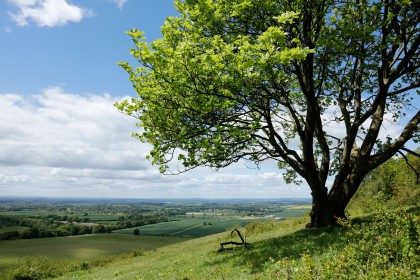
Sample image: Taken at 24mm on the EF24-70mm f/2.8 L II USM, this shot has an impressive level of detail and excellent exposure. Click here for a full size version.
The 252-zone RGB+IR metering system with Intelligent Scene Analysis of the 5DS also applies a weighting to the exposure required by the subject under the active AF point, but it does a better job of assessing the rest of the scene and recommending exposure values that work for the scene as a whole.
Shooting speeds
As the 5DS has the same autofocus system as the 5D Mark III it was no surprise to find that it's extremely capable and can lock on to fast moving subjects even in low light. When shooting a cycling event and shooting continuously at the 5fps maximum, I noticed that the camera starts to warm up around the card port – I was using a UDMA 7 CF card. It doesn't become hot, just slightly warm.
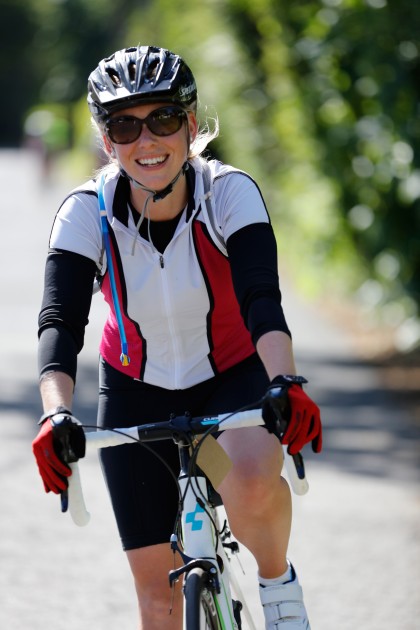
Sample image: It may not be intended as a sports photographers' camera, but the 5DS can still get moving subjects sharp and keep them in focus. Click here for a full size version.
When shooting JPEGs the buffer clears almost instantly, so there's no waiting around before you can shoot again. With raw files, however, you have to wait a couple of seconds or so for the images to write to the card. After shooting seven or eight long sequences of images for 30-60 seconds each, the camera's burst depth dropped significantly, presumably because of the heat being generated. It 's something I've encountered before, most notably with the Nikon D4S. Leaving the camera to cool restored the burst depth to the quoted figures or better. I found Canon's quoted figure for the JPEG burst depth somewhat conservative and racked up 750 shots in two and half minutes before taking my finger off the shutter release.
If you're shooting a moving subject you may find that you need to use a faster shutter speed than you're used to because although the images look sharp as thumbnails, and even at normal viewing sizes, they aren't completely sharp at 100%. The small pixels mean that even tiny movements can cause some blur. You might scoff at this degree of pixel peeping, but you have to question the reasoning for buying a 50Mp camera if you don't make full use of all the pixels.
At the other end of the shooting rate scale, I found there's a clear benefit to using mirror lock-up when the camera is on a tripod, even with shutter speeds of around 1/60 sec and 100mm focal length. I set the camera to take the shot one second after the shutter release was pressed and this produced sharper images than those taken without mirror lock-up. The latter shots don't show obvious signs of movement, they look just a little softer and lack the 'pop' of the other shots.
When hand-holding the camera with the Canon EF 24-70mm f2.8L II USM lens mounted I would generally try to keep shutter speed at 1/125sec or higher to be sure of getting pin-sharp results. It is possible to get sharp results at slower shutter speeds, but 1/125sec or faster delivers the goods more consistently.
Visual resolution
Canon cameras generally produce images with pleasing colours and the 5DS is no exception. However, probably as a result of the extra pixels delivering the huge level of detail and smooth tonal gradations, some of the files have a bit more pep about them. Using the new Fine Detail Picture Style boosts micro contrast a little, bringing out small details and giving edges a naturally sharp look.
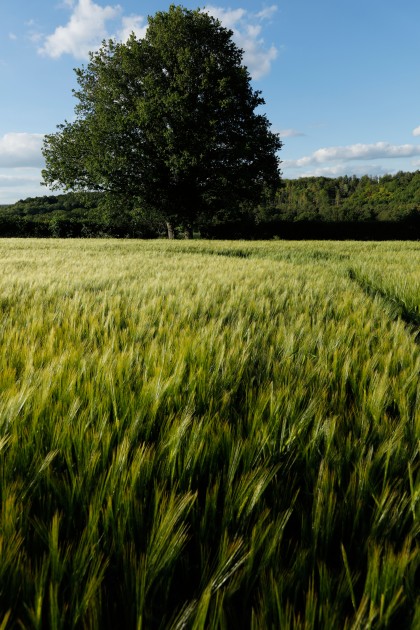
Sample image: Using the Standard Picture Style and Daylight whit balance setting has produced pleasantly warm, vibrant colours in the early evening shot. Click here for a full size version.
The incredible detail resolution also brings out the effect of restricted depth of field because the sharp areas look super-sharp in comparison to the out of focus areas.
According to Canon all lenses produced within the last four years will deliver the resolution that the 5DS demands. This means that while the EF 24-70mm f/2.8 L II USM will get the best from the sensor, the original EF 24-70mm f/2.8 L II USM may not. There's a list of recommended lenses here http://www.canon.co.uk/for_home/product_finder/cameras/digital_slr/eos_5ds_r/.
Canon quotes a battery life of 700 shots at room temperature for the 5DS; this dips to 220 shots if you're using Live View mode. I've found this to be a fairly conservative estimate and have got considerably more images out of a single charge of the battery.
